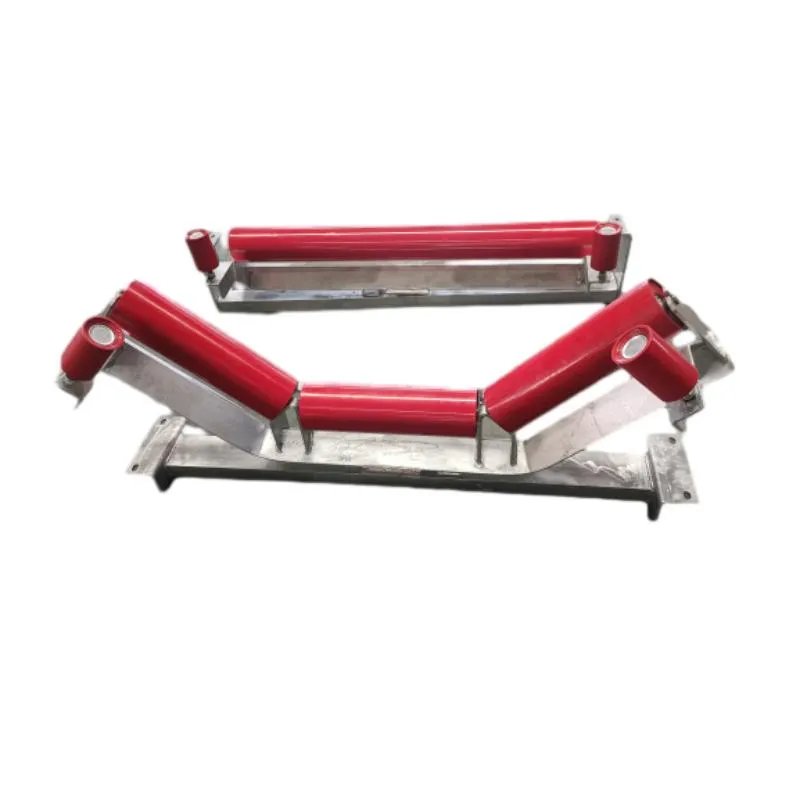 Afrikaans
Afrikaans  Albanian
Albanian  Amharic
Amharic  Arabic
Arabic  Armenian
Armenian  Azerbaijani
Azerbaijani  Basque
Basque  Belarusian
Belarusian  Bengali
Bengali  Bosnian
Bosnian  Bulgarian
Bulgarian  Catalan
Catalan  Cebuano
Cebuano  Corsican
Corsican  Croatian
Croatian  Czech
Czech  Danish
Danish  Dutch
Dutch  English
English  Esperanto
Esperanto  Estonian
Estonian  Finnish
Finnish  French
French  Frisian
Frisian  Galician
Galician  Georgian
Georgian  German
German  Greek
Greek  Gujarati
Gujarati  Haitian Creole
Haitian Creole  hausa
hausa  hawaiian
hawaiian  Hebrew
Hebrew  Hindi
Hindi  Miao
Miao  Hungarian
Hungarian  Icelandic
Icelandic  igbo
igbo  Indonesian
Indonesian  irish
irish  Italian
Italian  Japanese
Japanese  Javanese
Javanese  Kannada
Kannada  kazakh
kazakh  Khmer
Khmer  Rwandese
Rwandese  Korean
Korean  Kurdish
Kurdish  Kyrgyz
Kyrgyz  Lao
Lao  Latin
Latin  Latvian
Latvian  Lithuanian
Lithuanian  Luxembourgish
Luxembourgish  Macedonian
Macedonian  Malgashi
Malgashi  Malay
Malay  Malayalam
Malayalam  Maltese
Maltese  Maori
Maori  Marathi
Marathi  Mongolian
Mongolian  Myanmar
Myanmar  Nepali
Nepali  Norwegian
Norwegian  Norwegian
Norwegian  Occitan
Occitan  Pashto
Pashto  Persian
Persian  Polish
Polish  Portuguese
Portuguese  Punjabi
Punjabi  Romanian
Romanian  Russian
Russian  Samoan
Samoan  Scottish Gaelic
Scottish Gaelic  Serbian
Serbian  Sesotho
Sesotho  Shona
Shona  Sindhi
Sindhi  Sinhala
Sinhala  Slovak
Slovak  Slovenian
Slovenian  Somali
Somali  Spanish
Spanish  Sundanese
Sundanese  Swahili
Swahili  Swedish
Swedish  Tagalog
Tagalog  Tajik
Tajik  Tamil
Tamil  Tatar
Tatar  Telugu
Telugu  Thai
Thai  Turkish
Turkish  Turkmen
Turkmen  Ukrainian
Ukrainian  Urdu
Urdu  Uighur
Uighur  Uzbek
Uzbek  Vietnamese
Vietnamese  Welsh
Welsh  Bantu
Bantu  Yiddish
Yiddish  Yoruba
Yoruba  Zulu
Zulu Understanding Drum Lagging in Industrial Applications and Its Impact on Performance
Drum Lagging Exploring Its Significance in Industrial Applications
Drum lagging is a critical concept in various industrial applications, particularly in the fields of mining, agriculture, and material handling. It refers to the process of adding a protective covering, typically made of rubber, ceramic, or other materials, to the outer surface of drums, pulleys, or rollers. The purpose of lagging is to enhance the performance of the equipment, extend its lifespan, and improve operational efficiency. In this article, we will delve into the significance of drum lagging, its benefits, and some of its key applications.
Understanding Drum Lagging
At its core, drum lagging involves the installation of a specific material on the outer surface of a drum or pulley. This covering is designed to provide increased friction between the drum and the material being handled, ensuring optimal traction during operations. In many industrial settings, such as conveyor systems, effective lagging reduces slippage, improving the overall performance of the equipment.
Benefits of Drum Lagging
1. Increased Friction One of the primary advantages of drum lagging is the enhanced friction it offers. This friction is necessary for the efficient movement of materials along conveyor systems or other machinery. Properly lagged drums grip the material better, allowing for smoother and more reliable operation.
2. Reduced Wear and Tear Drum lagging significantly reduces the wear and tear on the drum itself. Without lagging, the drum may suffer from abrasion due to constant friction with the material. By applying a protective layer, industries can greatly prolong the life of their equipment, resulting in lower maintenance costs and less frequent replacements.
3. Improved Safety Safety is a paramount concern in industrial environments. Lagging can prevent accidents caused by slippage or malfunctioning equipment. When drums are properly lagged, the risk of material spillage or equipment failure is notably diminished, creating a safer working environment.
drum lagging

4. Versatility Drum lagging materials come in various forms to cater to different operational needs. Whether it’s high-temperature resistance, chemical resistance, or increased impact resistance, the availability of diverse lagging materials allows industries to choose the most suitable option for their specific requirements.
5. Environmental Considerations Many modern lagging materials are designed with eco-friendliness in mind. By prolonging the lifespan of machinery and reducing maintenance needs, drum lagging contributes to reduced waste and lower overall environmental impact.
Applications of Drum Lagging
Drum lagging is essential in numerous industrial applications. In the mining industry, for instance, conveyor belts are often subject to heavy loads and harsh conditions. Properly lagged drums ensure effective transport of mined materials while minimizing downtime due to equipment failure.
In agriculture, drum lagging comes into play in the processing and transportation of crops. Equipment used in these processes benefits from enhanced traction, ensuring that the harvested materials reach their destinations efficiently.
Furthermore, in manufacturing facilities, drum lagging assists in various processes, from assembly lines to packaging operations. Effective lagging not only enhances performance but also contributes to the overall productivity of the manufacturing process.
Conclusion
In conclusion, drum lagging serves as a vital component in optimizing industrial processes across multiple sectors. Its ability to enhance friction, reduce wear and tear, increase safety, and provide material versatility makes it an indispensable feature of equipment design. As industries continue to evolve, the importance of drum lagging will likely grow, underscoring the need for ongoing innovation in materials and methods to ensure maximum efficiency and safety in operations. Embracing drum lagging technology is not just a choice—it's a necessity for modern industries aiming for sustainability and excellence in performance.
-
Revolutionizing Conveyor Reliability with Advanced Rubber Lagging PulleysNewsJul.22,2025
-
Powering Precision and Durability with Expert Manufacturers of Conveyor ComponentsNewsJul.22,2025
-
Optimizing Conveyor Systems with Advanced Conveyor AccessoriesNewsJul.22,2025
-
Maximize Conveyor Efficiency with Quality Conveyor Idler PulleysNewsJul.22,2025
-
Future-Proof Your Conveyor System with High-Performance Polyurethane RollerNewsJul.22,2025
-
Driving Efficiency Forward with Quality Idlers and RollersNewsJul.22,2025





























